Blink Video Doorbell – Pros and Cons Review
The Blink Video Doorbell is a budget-friendly entry into the smart home security market, offering essential features for homeowners seeking an affordable way to monitor their front door. Owned by Amazon, Blink delivers a straightforward, no-frills video doorbell with HD video, Alexa integration, and flexible installation options. This review explores the pros and cons of the Blink Video Doorbell, based on its performance, features, and user feedback, to help you decide if it’s the right fit for your home.
Lets start with the Pros
Affordable Price Point
The Blink Video Doorbell is one of the most budget-friendly options available, making it accessible for those hesitant to invest heavily in home security. It delivers core functionality without breaking the bank, ideal for first-time smart doorbell users.
Easy Installation
The doorbell’s wire-free design, powered by two AA lithium batteries, simplifies setup. You can mount it using a plastic plate and two screws in about five minutes, no professional help needed. It also supports wired installation to integrate with existing doorbell chimes, offering flexibility.
Long Battery Life
Blink claims the AA batteries last up to two years, depending on usage. While this varies with motion detection frequency, real-world tests suggest reliable longevity, reducing maintenance compared to competitors like the Ring Video Doorbell, which requires more frequent recharging.
Alexa Compatibility
Seamless integration with Alexa allows users to view live feeds and receive alerts on Echo devices. This makes it a great choice for Amazon ecosystem users, enhancing smart home connectivity without needing Google Home or Apple HomeKit support.
Local Storage Option
With the optional Sync Module 2, you can store footage locally on a USB drive, avoiding ongoing cloud subscription costs. This is a standout feature, as competitors like Ring often require subscriptions for video storage, making Blink cost-effective long-term.
And here are the Cons
Basic Video Quality
The 1080p resolution is adequate but not exceptional, lacking the crispness of higher-end models like the Ring Video Doorbell 4 or Eufy 2K. The 135° horizontal and 80° vertical field of view can miss packages placed close to the door, limiting its effectiveness for delivery monitoring.
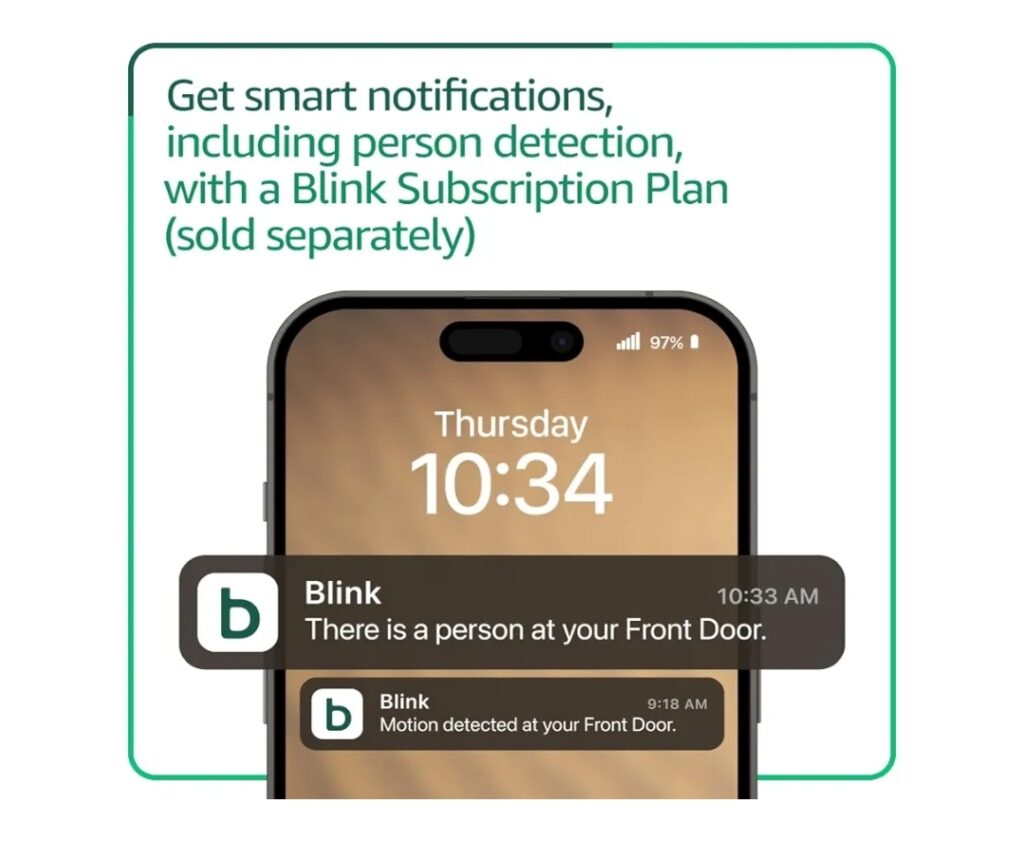
No Package Detection
Unlike competitors such as the Ring Video Doorbell (2nd Gen) or Wyze Video Doorbell Pro, Blink lacks package detection, a valuable feature in today’s delivery-heavy world. This omission reduces its appeal for users prioritizing porch piracy prevention.
Subscription for Cloud Storage
While local storage is an option, cloud storage requires a Blink subscription ($3/month per device or $10/month for unlimited devices). Without it, you lose access to saved clips unless using the Sync Module 2, adding potential costs.
Clunky App Interface
The Blink app is functional but not intuitive, with a clunky live view process and awkward motion zone settings. Users must tap to discard or save clips manually, and the interface feels less polished than Ring’s.
Limited Smart Home Integration
Compatibility is restricted to Alexa, excluding Google Home and Apple HomeKit users. This limits its versatility for those with diverse smart home ecosystems.
Final Thoughts
The Blink Video Doorbell is a solid choice for budget-conscious consumers seeking basic home security. Its affordability, easy setup, long battery life, and local storage option make it a compelling pick, especially for Alexa users. However, the average video quality, lack of package detection, and subscription dependency for cloud storage are notable drawbacks. For those prioritizing simplicity and cost over advanced features, the Blink Video Doorbell delivers reliable performance. If you need sharper video or package alerts, consider spending more on alternatives like the Ring or Wyze models.
Learn more about the Blink Video Doorbell here 👇 https://t.co/k2BRaTSFUj pic.twitter.com/3qktSMtUyl
— EARNSOME.INFO (@earnsome_info) August 8, 2025
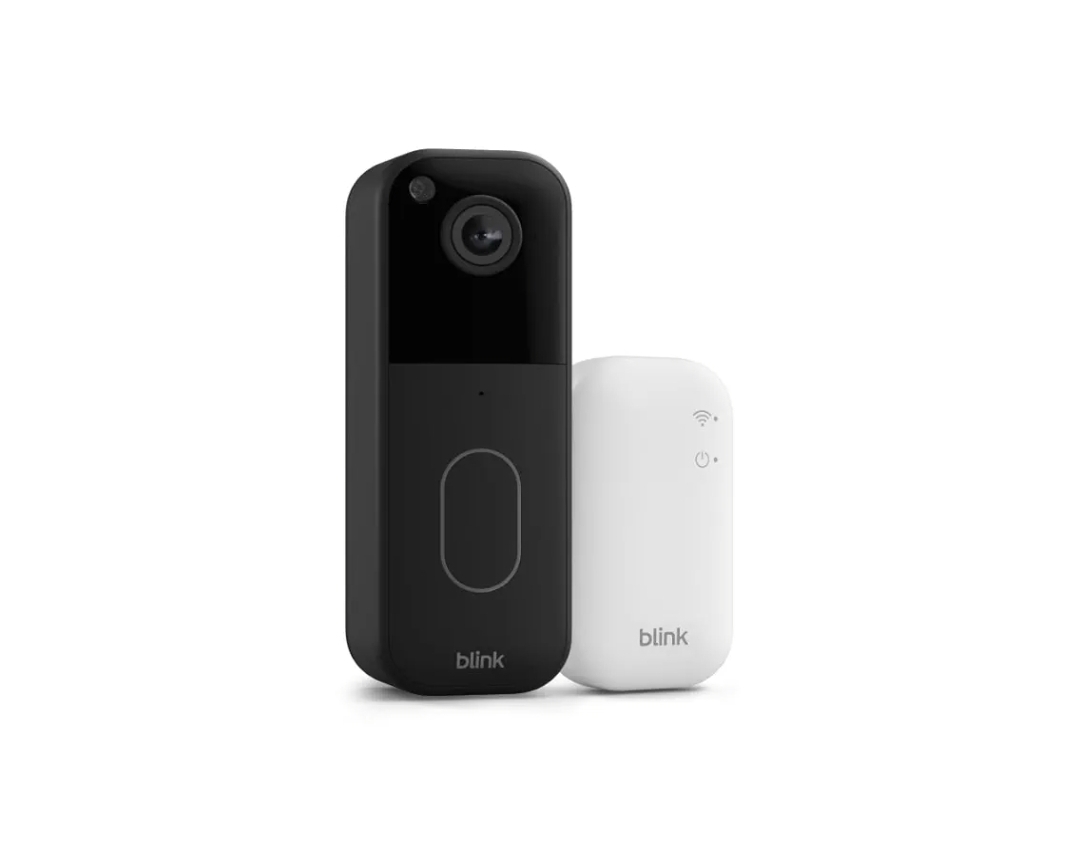
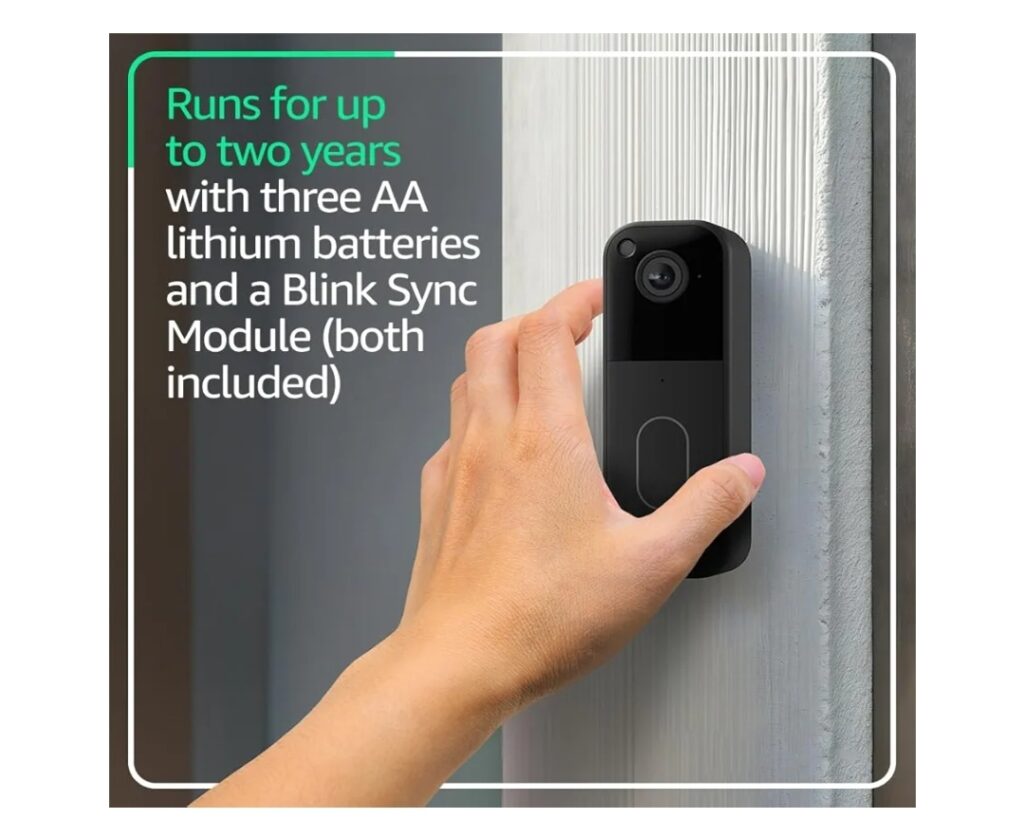

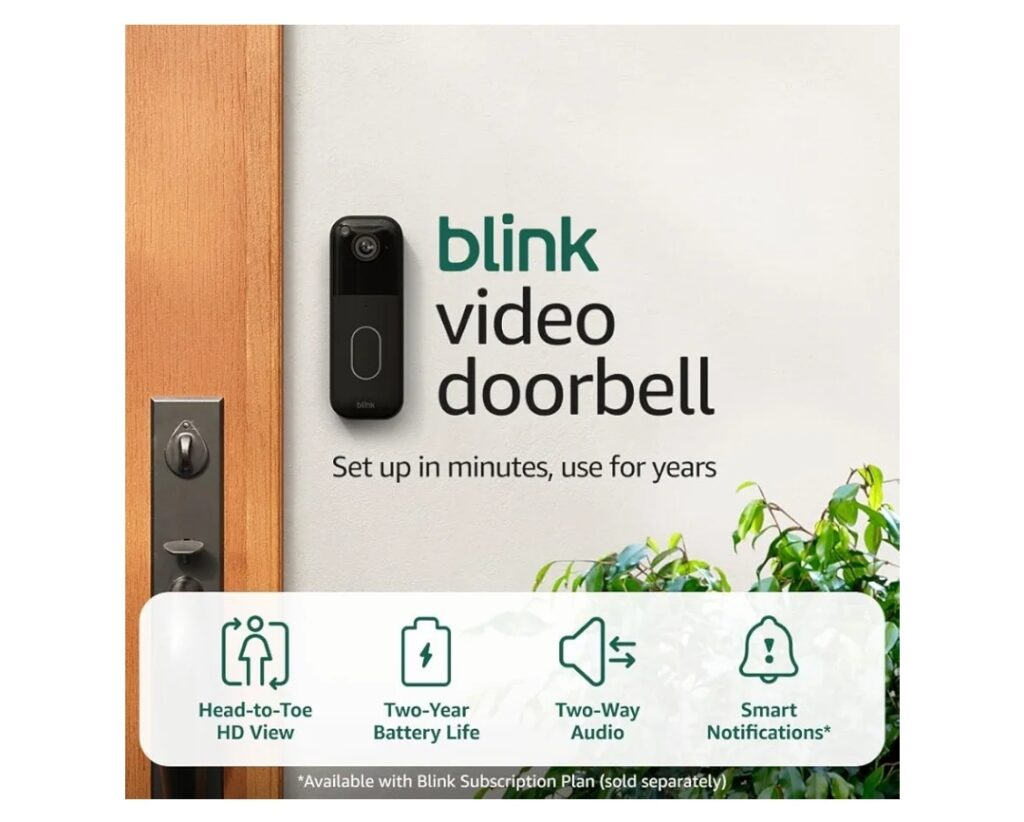
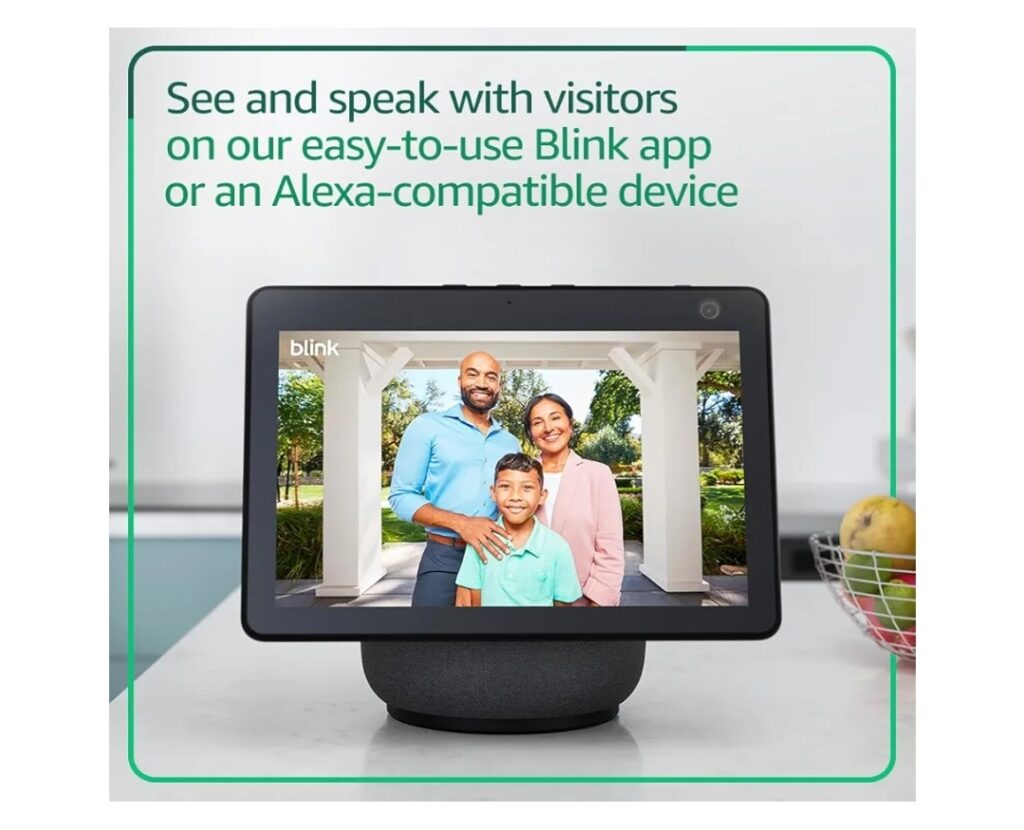

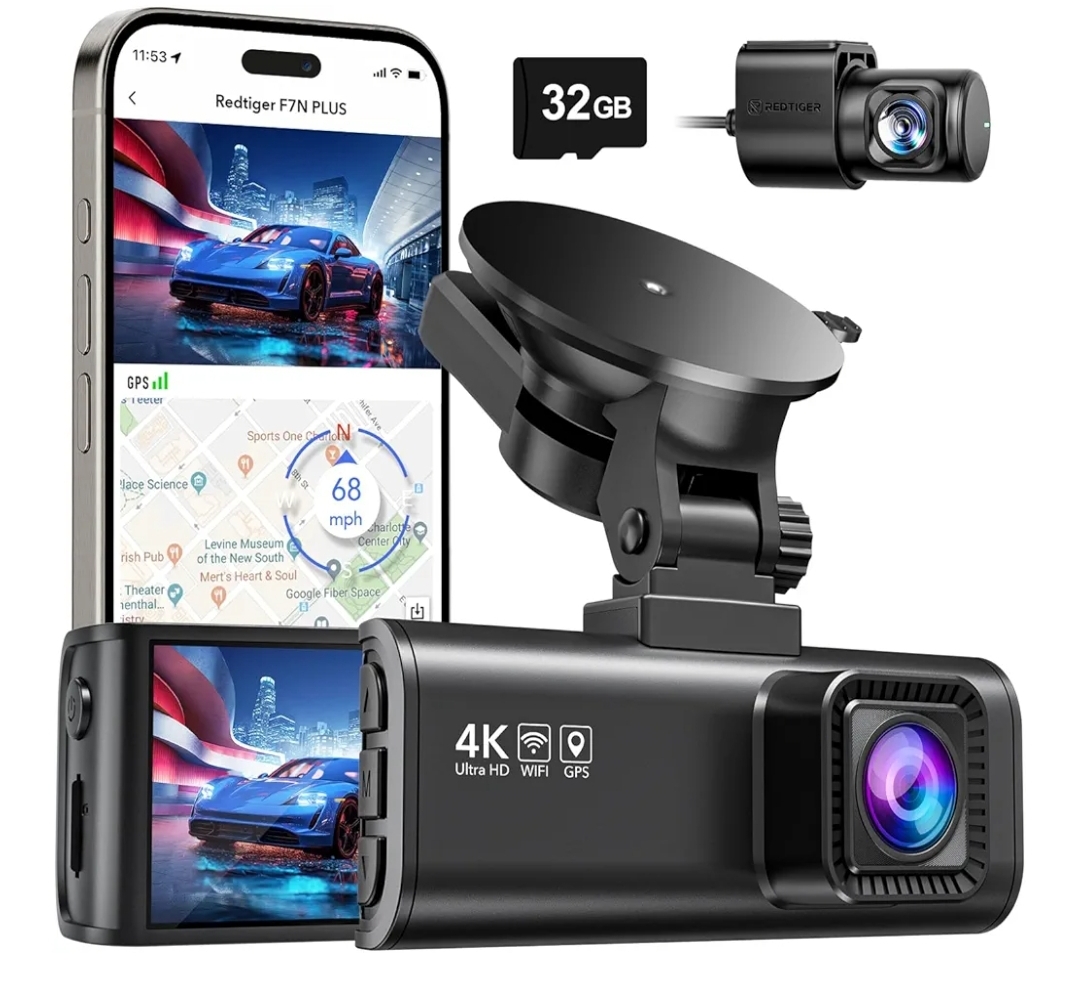
Post Comment